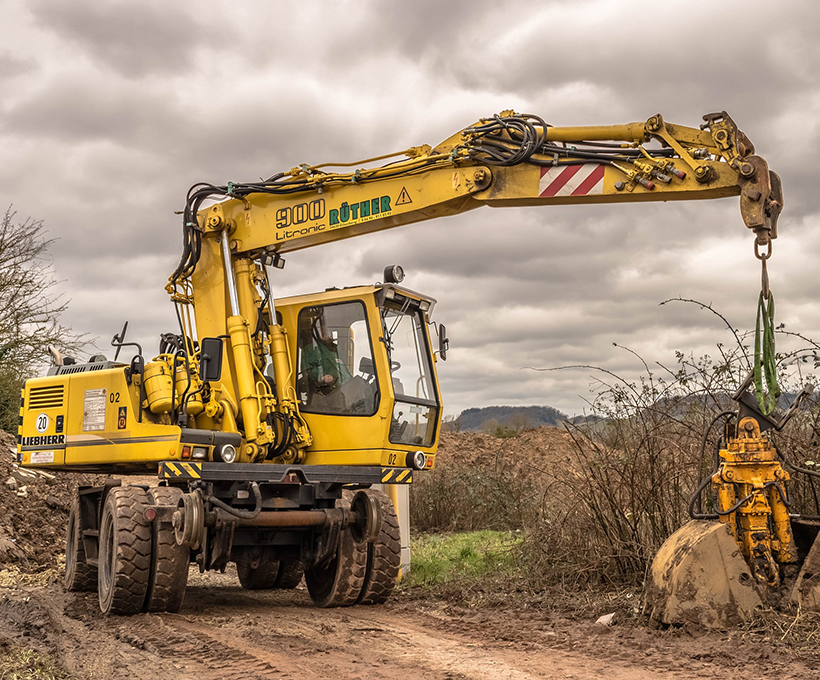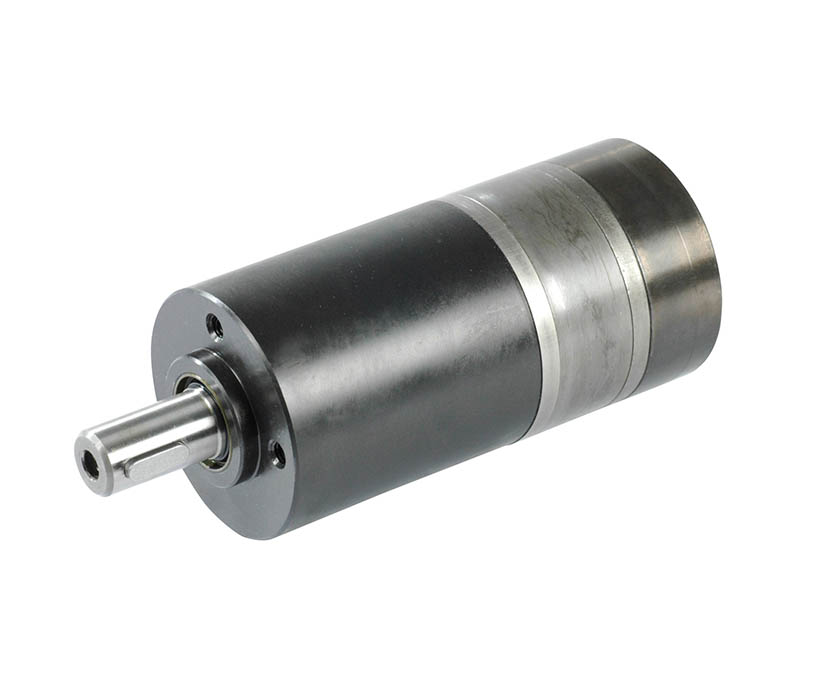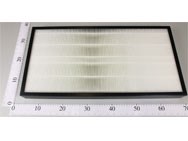Principles of Hydraulics: Understanding the Basics of Fluid Power
Hydraulics is an engineering discipline that deals with the transmission of power through liquids, typically oil or water. It has widespread applications across industries such as construction, manufacturing, aerospace, and agriculture. The principles of hydraulics are based on fundamental concepts like Pascal’s law, Bernoulli’s equation, and the continuity equation. In this article, we’ll take a closer look at these principles and how they relate to the components of hydraulic systems.
Pascal’s Law
Pascal’s law states that pressure exerted on a fluid in a closed system is transmitted equally in all directions. This means that if a force is applied to a small area, it can generate a larger force on a larger area. In hydraulic systems, Pascal’s law is used to generate and transmit power through fluids.
Bernoulli’s Equation
Bernoulli’s equation describes the relationship between fluid velocity and pressure. It states that as the velocity of a fluid increases, the pressure decreases, and vice versa. This principle is used in hydraulic systems to control and regulate fluid flow and pressure. For example, it is used in carburetors to mix air and fuel in the correct ratio and in aircraft wings to generate lift.
Continuity Equation
The continuity equation is used to describe the relationship between fluid flow and velocity. It states that the mass flow rate of a fluid remains constant, as long as there are no leaks or changes in the system’s cross-sectional area. In hydraulic systems, the continuity equation is used to ensure that the flow of fluid is consistent throughout the system.
Components of Hydraulic Systems
Hydraulic systems consist of several components, including pumps, valves, actuators, and reservoirs. Pumps are used to generate pressure and move fluid through the system. Valves are used to control the flow, direction, and pressure of fluid in the system. Actuators are used to convert fluid pressure into mechanical motion, such as in hydraulic cylinders and motors. Fluid reservoirs are used to store and supply fluid to the system.
In addition to these components, hydraulic systems also require hoses, fittings, filters, and gauges to ensure optimal performance and safety. These components must be designed and maintained to prevent leaks, contamination, and other potential hazards.
Conclusion
Hydraulics is a critical engineering discipline that allows for the efficient transmission of power through fluids. The principles of hydraulics, such as Pascal’s law, Bernoulli’s equation, and the continuity equation, are essential to understanding and optimizing the performance of hydraulic systems. By carefully designing and maintaining the components of hydraulic systems, engineers and technicians can ensure that they operate safely and effectively across a wide range of applications.




